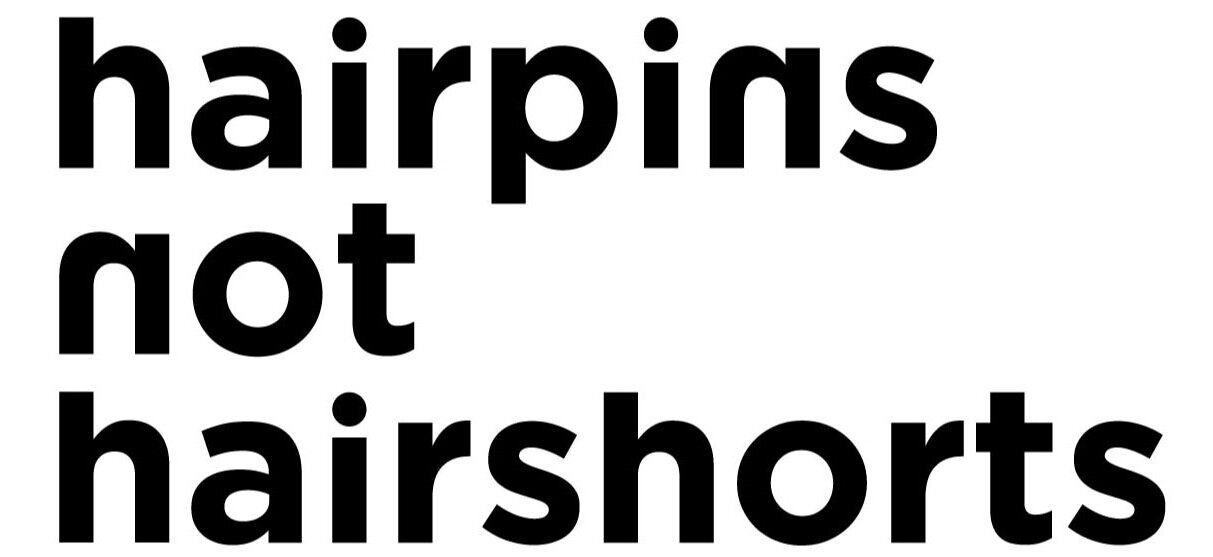Design icons: how a Swedish cycling co. made safety cool
It’s January when I connect with POC - a brand that has seemingly sat at the front of cycling safety for decades, though they’ve only been in the road market since 2014. We’ve met once or twice in past - at the Rouleur Classic in London, at Eurobike in Friedrichshafen - but with kernels of COVID coming and the make-up of the 2020 season soon-to-be altered, this conversation feels a bit different.
Seven years ago, when POC announced a three-year partnership to become the official helmet and eyewear supplier of Cannondale-Garmin, few would have predicted that the Swedish company with a strong mission and divisive designs would enjoy such a meteoric ascent, evolving into purveyors of a modern design aesthetic that is so immediately recognizable. More than 40 international awards later and a strong showing on club rides and in races however tells a different story.
“We were never design-led, but most look at our helmets and make that assumption,” explains Damian Phillips, global head communications. “Interestingly the style that has defined us has come from an exploration of boundaries. We take a lot of time to ensure there’s a clear Scandinavian aesthetic in our product, but we never start at this point.”
The best example of POC’s rather simple mission is perhaps the helmet that made them famous - the Octal. It was their first for road, and it was envisaged to be lightweight, vented and safe. The mushroom shape - a characteristic many still can’t wrap their heads around - came from an engineering objective to be both light (200 grams in M) and to save lives. It won awards and would soon enable POC to grow.
This of course was never POC’s objective - to be a leader in cycling apparel and certainly not a harbinger for style. POC’s founder, Stefan Ytterborn, had sons, both ski racers, whose skills and speed were quickly outgrowing available protection. He decided he would build a company that could keep up, starting with helmets, spinal impact protection and wrist guards designed for snow sports. Several alpine athletes would latch on to the concept. After a fall, they would send used helmets to POC which they then researched in partnership with academia. Over time this would form the basis of what would become the POC Lab - a scientific forum that brought together experts from a range of disciplines and medicine - going on to inform both the company’s engineering and design processes. In 2009 and out of the POC Lab, POC would help bring MIPS to market for the first time, starting what is still an ongoing debate in road riding: what makes a helmet safe?
“The Octal was the first we released to meet the challenges of the uncompromising world of the pro peloton, followed quickly by the Cerebel and more recently, the Ventral SPIN,” explains Jonas Sjögren, POC’s CEO. Adds Phillips: “we never went into these projects saying we want to change the way people think, but we are always looking for a different way to innovate. Almost accidentally, this has shaped many people’s opinions about safety.”
Partnerships over the years accelerated POC’s place in the peloton. The Octal was well-regarded with pros. Out of their relationship with EF Education Pro Cycling, the company soon rode towards several design KOMs like the Ventral. Ideas continued trickling into POC’s engineers, nurturing a culture that balanced the needs of enhanced safety alongside growing risk. During it all, innovation continued.
Working with Exeger in Sweden, today POC is working with different foils to power helmet lights; a dome with endless energy. In partnership with Volvo, the car maker, they developed the world’s first crash test between cars and bike helmets; they have also just released medical info chips built into their Ventral Air Spin NFC; a helmet that speaks for cyclists when they’ve had an accident and can’t to it themselves.
POC has transitioned into an essential partner for several brands, chosen for their safety, performance and yes, their styling.
The company is tight-lipped about other announcements to come in 2020 and beyond, and like many in cycling, are still waiting to see when some normalcy to the season will return - if it does at all. Regardless, their story has bread a culture of innovation will which continue, driven by an internal desire to not just meet safety standards but to set them.




